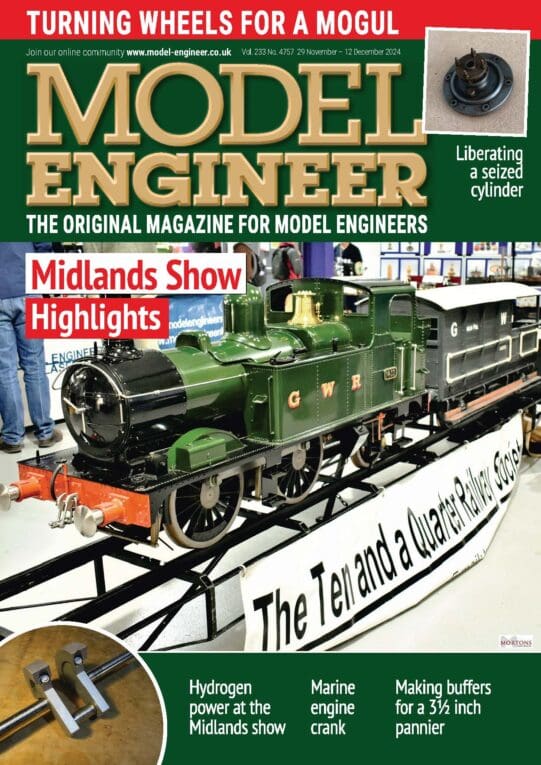Need To Help Four Stroke Combustion Engine on 3D model
Need To Help Four Stroke Combustion Engine on 3D model
- This topic has 29 replies, 17 voices, and was last updated 12 February 2017 at 09:32 by
Ian S C.
- Please log in to reply to this topic. Registering is free and easy using the links on the menu at the top of this page.
Latest Replies
Viewing 25 topics - 1 through 25 (of 25 total)
-
- Topic
- Voices
- Last Post
Viewing 25 topics - 1 through 25 (of 25 total)
Latest Issues
Newsletter Sign-up
Latest Replies
- 775 Motor based Dynamo ?
- What is (Traditional) Model Engineering?
- Dismantling the Pratt Burnerd Myford 3 jaw chuck
- Adverts on the forum
- Did the British Invent EVERYTHING!
- MMBasic versions for Pico2 & Pico2W now available
- Getting started to build live steam
- Traction Engine Identification Help Please….
- Muffle furnace
- New guy from Norway, planning a Bonelle grinder








